Generative AI has rapidly shifted from emerging trend to boardroom priority. Companies are testing copilots, assistants, and large language models (LLMs) to boost productivity, spark innovation, and open new business opportunities. But experimenting with a tool is not the same as adopting it. True impact comes when GenAI is embedded into the very fabric of organizational processes, culture, and strategy.
Artefact has developed a proven methodology to help companies move from exploration to sustainable impact. The difference lies in moving from scattered pilots to a structured journey that blends strategy, culture, and execution.

1. Why a clear adoption strategy beats AI hype
Unlike consumer apps that spread organically, GenAI adoption in organizations is anything but viral. Governance, compliance, ROI, and change management all stand in the way.
The opportunities are real: automating repetitive tasks, accelerating decisions, augmenting creativity. But so are the risks: data privacy breaches, poorly integrated tools, initiatives that remain one-off experiments. Success depends on balancing strategic, top-down programs with grassroots, bottom-up momentum.
2. Top-down or bottom-up? Both matter
There are two complementary approaches to making GenAI stick.
- Top-down: Process productivity
This route tackles cross-functional workflows, backed by leadership sponsorship and major investment. It starts with choosing priority processes to automate, testing them through proofs of concept, and then scaling across departments. The payoff is concentrated ROI and high impact, though timelines are longer and risks higher. - Bottom-up: Daily productivity
Here, employees drive adoption by applying GenAI to everyday tasks. Business functions surface use cases, quick wins are deployed, and success stories spread organically. The advantage is fast, low-risk adoption and strong engagement. The drawback is that the value is diffuse and harder to measure.
In practice, companies need both approaches to create momentum and deliver tangible returns.
3. From curiosity to capability in six steps
Our experience has enabled us to build a structured, end-to-end adoption journey framework designed to accelerate GenAI adoption across every business function.
- Start with a maturity audit: Identify technological, cultural, and organizational strengths and gaps before investing. This prevents wasted effort on “false good ideas” and highlights where GenAI can deliver the most.
- Create executive momentum: Use inspiring, concrete examples to demonstrate the power of GenAI to leadership. Early buy-in secures legitimacy and accelerates decision-making.
- Democratize skills: Train employees on the basics, from prompt engineering to limitations. A shared foundation reduces fear, encourages experimentation, and speeds adoption.
- Spot the real levers: Interview business teams to surface genuine challenges and opportunities. This builds ownership and ensures that the roadmap reflects reality, not assumptions.
- Move into action: Run team-specific workshops that embed GenAI into day-to-day work. Teams leave with prompt libraries and hands-on tools they can use immediately.
- Scale with specialized agents: Once the foundation is in place, roll out copilots tailored to specific functions, such as HR, finance, and marketing. Then, the organization will mature into advanced use cases with measurable gains.
Each phase feeds into the next, culminating in an adoption report that prioritizes investments by department and sets a long-term roadmap.
4. What real-world adoption teaches us
From luxury to healthcare, we’ve helped companies translate GenAI hype into real transformation. A few lessons stand out:
- Leadership alignment is non-negotiable: Without C-level buy-in, adoption remains fragmented.
- Training must be hands-on: Employees need to see immediate impact in their daily workflows.
- Balance short-term wins and long-term bets: Quick adoption drives engagement, while big process transformations deliver strategic ROI.
- Governance ensures trust: AI without data quality, compliance, and security is a ticking time bomb.
5. Could GenAI be the next Excel?
When spreadsheets arrived in the 1980s, they quietly reshaped office work forever. GenAI could be the next revolution of that scale: a tool every employee uses daily for efficiency, creativity, and decision-making.
But just as with Excel, adoption won’t happen overnight. It will require deliberate change management, upskilling, and experimentation. Companies that move early will capture productivity gains and build sustainable competitive advantage.
6. Beyond tools: toward real transformation
Companies today face a choice. They can treat GenAI as a gadget or embed it deeply into their strategy and culture. The difference lies in whether adoption is fragmented or structured, superficial or transformative.
GenAI is not only about efficiency. It is about reimagining business functions, equipping employees with new capabilities, and preparing organizations for a future where AI is woven into everyday work. The roadmap is clear and those who act now will define the next era of enterprise success.

 BLOG
BLOG






